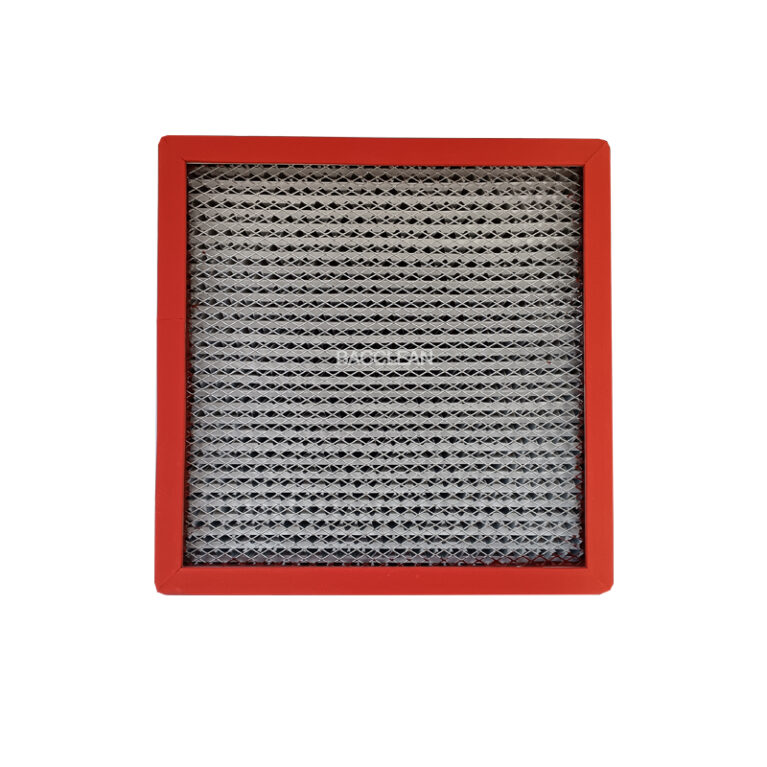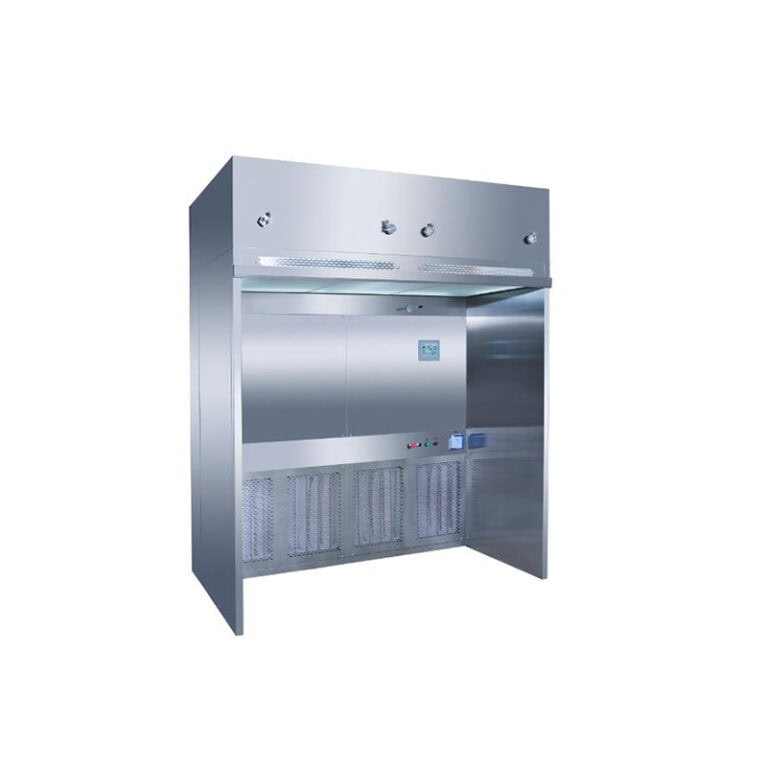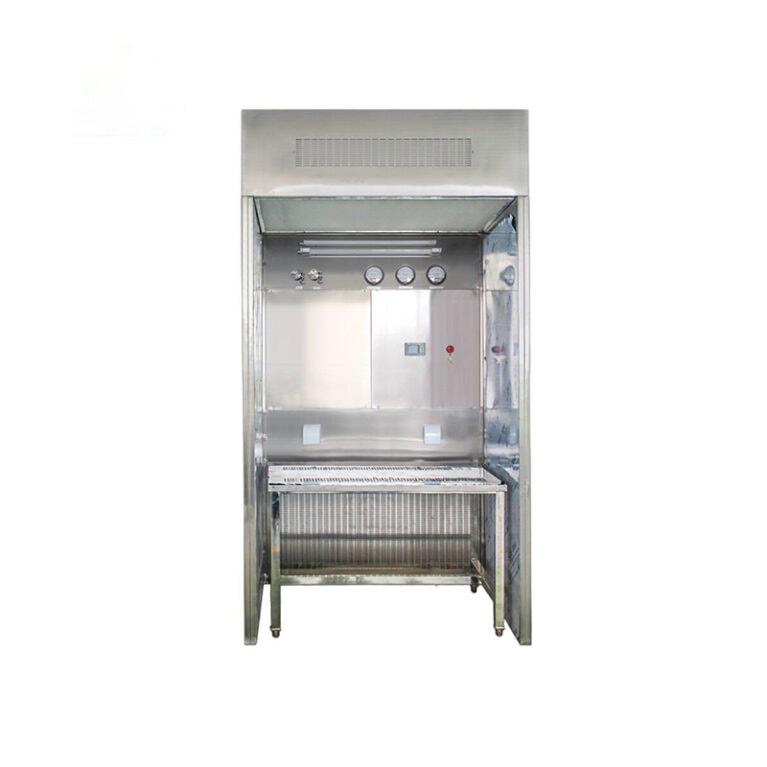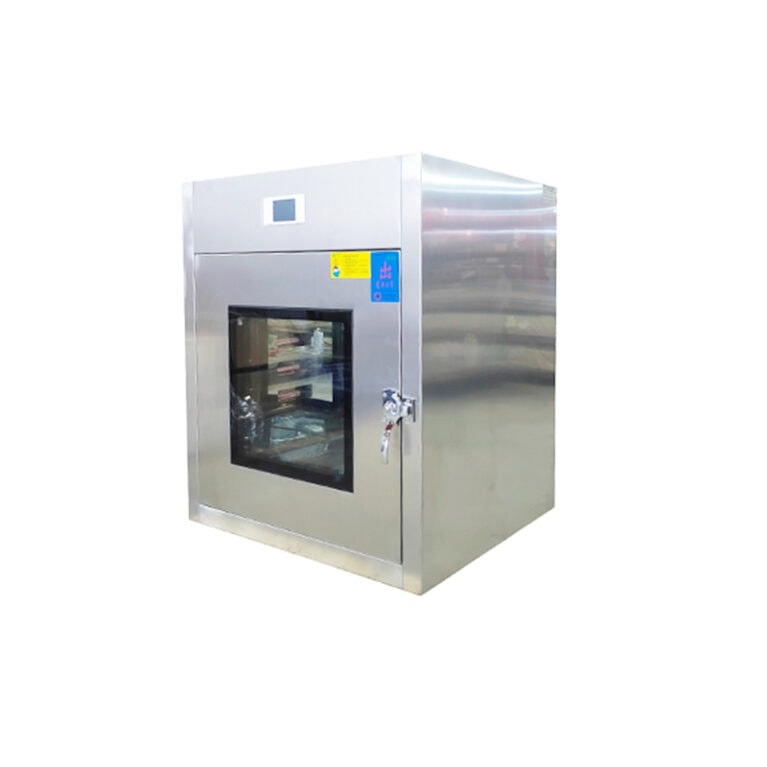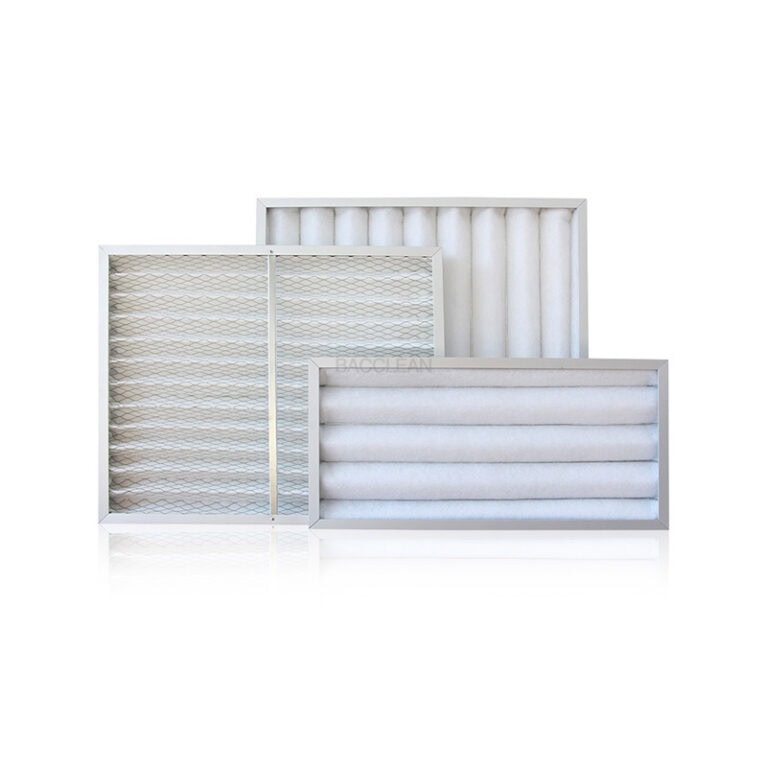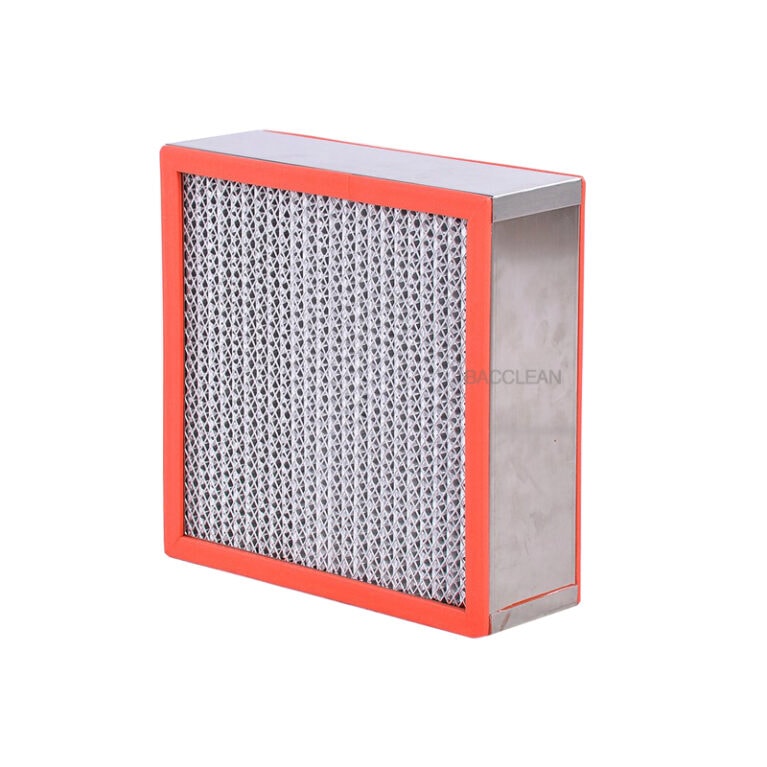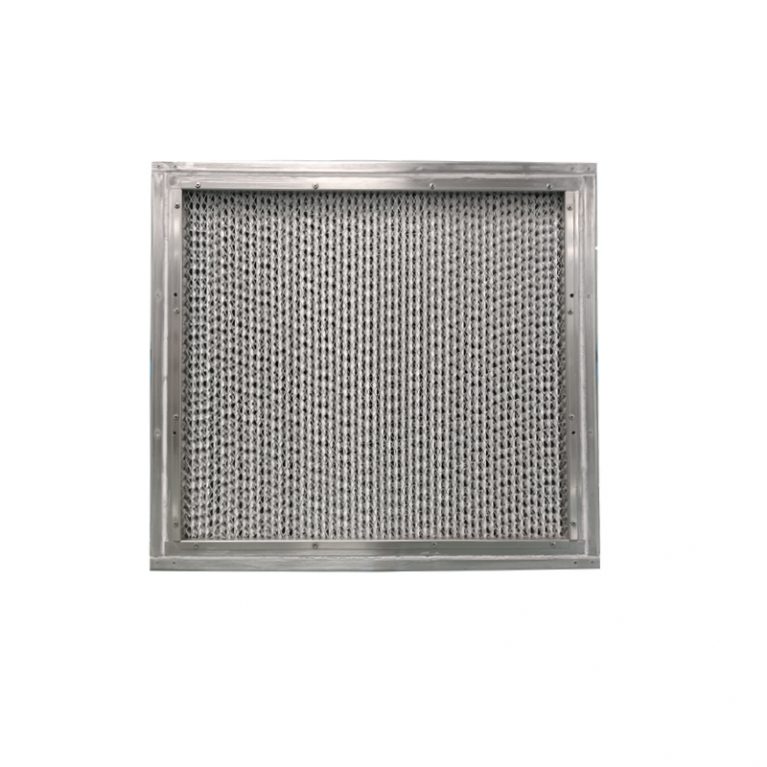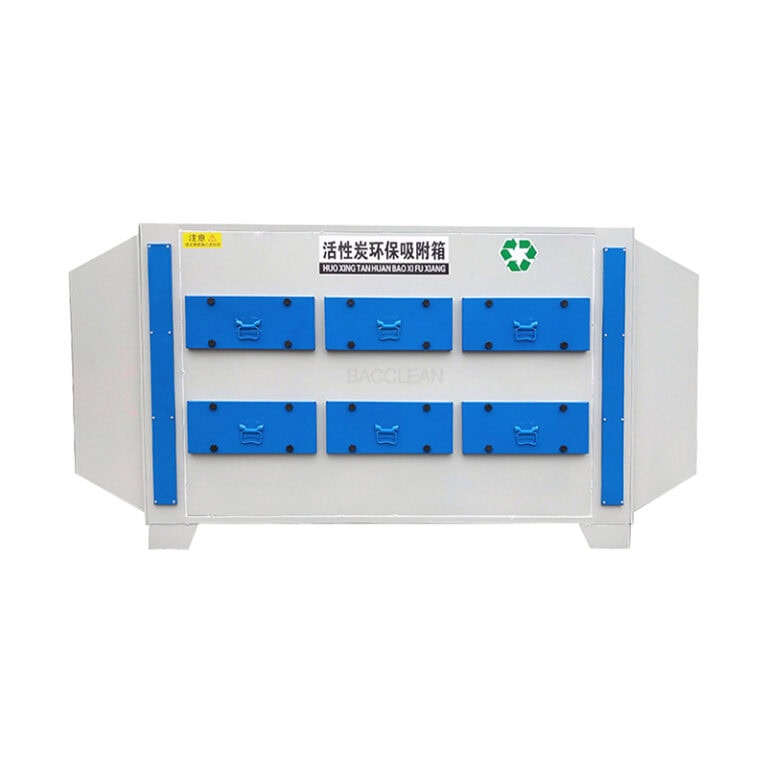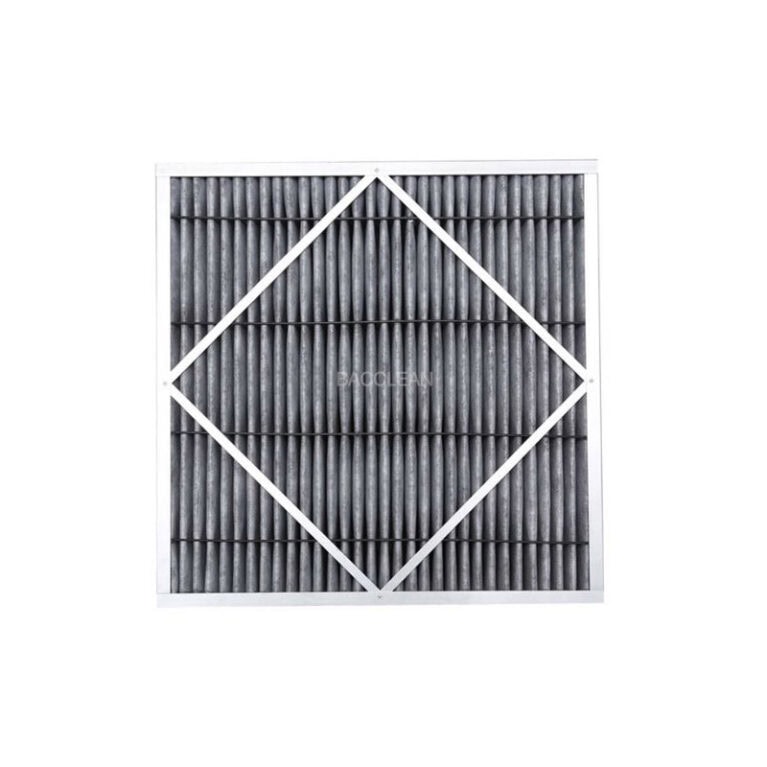L'unité de filtration par ventilateur (FFU) est un dispositif de purification essentiel dans les salles blanches (environnements contrôlés conçus pour minimiser la contamination par les particules), les ateliers sans poussière et d'autres lieux. Sa fonction principale est de purifier l'air localement en utilisant un ventilateur pour pousser l'air à travers des filtres à haute efficacité. Ces filtres sont notamment des filtres HEPA (High-Efficiency Particulate Air, qui capturent les particules très fines) ou ULPA (Ultra-Low Penetration Air, qui capturent les particules encore plus petites). Selon différents critères de classification, les FFU peuvent être divisés en plusieurs types. Les méthodes de classification courantes et les types spécifiques sont décrits ci-dessous : I. Classification par type de filtre
Il s'agit de la méthode de classification la plus cruciale, qui détermine directement l'efficacité de filtrage de l'UFA :
FFU de type Hepa : équipé de filtres à air à haute efficacité (HEPA, qui signifie High-Efficiency Particulate Air), il peut atteindre une efficacité de filtration supérieure à 99,97% pour les particules d'un diamètre ≥0,3μm (micromètres, un micromètre est un millionième de mètre), et convient à la plupart des salles blanches (telles que la classe 1000 à la classe 100 000, où la classe indique le nombre maximal de particules autorisées par pied cube).
FFU de type ULPA : équipé de filtres à air à ultra-haute efficacité (ULPA, ou Ultra-Low Penetration Air), il peut atteindre une efficacité de filtration supérieure à 99,999% pour les particules d'un diamètre ≥0,12μm (micromètres). Il convient aux scénarios avec des exigences de propreté plus élevées (comme les salles blanches de classe 1 à 100 - des chiffres plus bas signifient moins de particules, ce qui convient aux industries sensibles comme les semi-conducteurs).
Ii. Classification par type de ventilateur
Le ventilateur est la source d'énergie de la FFU, et son type affecte la consommation d'énergie, le bruit et les performances de régulation de la vitesse de l'équipement.
Ventilateur centrifuge de type FFU : il adopte un ventilateur centrifuge, avec une pression d'air relativement élevée et une efficacité de circulation d'air stable. Il convient aux grandes zones propres, mais le bruit est légèrement plus élevé et la consommation d'énergie est moyenne.
Ventilateur axial de type FFU : il s'agit d'un ventilateur axial, qui a un grand volume d'air mais une pression d'air relativement faible. Il convient aux scénarios dans lesquels la pression d'air requise n'est pas élevée. Il est moins bruyant et consomme moins d'énergie, mais la stabilité de son efficacité de filtration est légèrement inférieure à celle du ventilateur centrifuge.
Ventilateur à courant continu sans balais de type FFU : il adopte un moteur à courant continu sans balais pour entraîner le ventilateur. Il se caractérise par une large plage de régulation de la vitesse (qui peut être contrôlée par PLC ou par un régulateur de vitesse progressif), une faible consommation d'énergie, une longue durée de vie et un faible niveau de bruit. Il s'agit actuellement du type haut de gamme le plus répandu et il est largement utilisé dans l'électronique de précision, la médecine et d'autres domaines.
Iii. Classification selon la méthode d'installation
Selon les exigences en matière d'agencement et d'installation de la salle blanche, celle-ci peut être classée comme suit :
FFU monté au plafond : directement encastré dans la quille du plafond de la salle blanche, au ras du plafond, il permet d'économiser de l'espace et est esthétiquement plaisant. C'est la méthode d'installation la plus courante et elle convient aux salles blanches normalisées.
FFU à support : fixé sous le plafond ou au-dessus du sol à l'aide de supports, il est souple à installer, pratique pour l'entretien et le réglage ultérieurs, et convient aux zones de nettoyage non standardisées ou aux besoins de nettoyage temporaires.
FFU à flux laminaire : plusieurs FFU sont combinés pour former une hotte à flux laminaire, garantissant qu'une zone locale forme un flux unidirectionnel vertical ou horizontal. Cette hotte convient aux postes de travail dont les exigences en matière de propreté locale sont extrêmement élevées (zones d'exploitation des plaquettes de semi-conducteurs, salles d'opération, etc.)
Iv. Classification par mode de contrôle
Avec la demande croissante d'intelligence, les méthodes de contrôle des UFA deviennent de plus en plus diverses :
FFU à commande manuelle unique : chaque FFU est équipé indépendamment d'un bouton de réglage de la vitesse permettant d'ajuster manuellement le volume d'air. Il convient aux petites salles blanches ou aux scénarios exigeant une faible précision de contrôle, et son coût est relativement faible.
Contrôle centralisé de la FFU : grâce à un système de contrôle central (tel que PLC, écran tactile), le démarrage, l'arrêt et la vitesse du vent de plusieurs FFU peuvent être contrôlés de manière uniforme. L'état de fonctionnement de chaque unité (pression du vent, résistance du filtre, alarme, etc.) peut être contrôlé en temps réel. ) peut être contrôlé en temps réel. Il convient aux grandes salles blanches et est pratique pour la gestion et l'économie d'énergie.
FFU à verrouillage intelligent : il combine des capteurs (tels que des capteurs de pression différentielle, des compteurs de particules) pour parvenir à une régulation automatique. Lorsque la propreté ou la pression différentielle s'écarte de la valeur définie, il ajuste automatiquement la vitesse du ventilateur pour maintenir un environnement propre stable. Il appartient au type intelligent haut de gamme et est largement utilisé dans la fabrication de précision, la biomédecine et d'autres domaines.
V. Classification selon les dimensions extérieures
La taille du FFU correspond généralement à celle du module de plafond. Les dimensions standardisées les plus courantes sont les suivantes
1200mm×600mm (le plus couramment utilisé, adapté à la plupart des écartements de quilles de plafond) ;
1200mm×1200mm, 600mm×600mm, etc., peuvent être combinés et utilisés en fonction de la superficie de la salle blanche.
Les différents types de FFU ont leurs propres avantages et inconvénients. Lors du choix, des facteurs tels que les exigences de propreté, le budget de consommation d'énergie, l'environnement d'installation et les besoins de contrôle doivent être pris en compte de manière exhaustive. Par exemple, les ateliers de semi-conducteurs optent généralement pour des FFU de type ULPA + ventilateurs à courant continu sans balais + commande centralisée intelligente pour répondre aux exigences de très grande propreté et de contrôle précis. En revanche, les ateliers d'assemblage électronique ordinaires peuvent adopter un ventilateur centrifuge de type HEPA + une unité de contrôle unique pour équilibrer les coûts et les performances.
Il s'agit de la méthode de classification la plus cruciale, qui détermine directement l'efficacité de filtrage de l'UFA :
FFU de type Hepa : équipé de filtres à air à haute efficacité (HEPA, qui signifie High-Efficiency Particulate Air), il peut atteindre une efficacité de filtration supérieure à 99,97% pour les particules d'un diamètre ≥0,3μm (micromètres, un micromètre est un millionième de mètre), et convient à la plupart des salles blanches (telles que la classe 1000 à la classe 100 000, où la classe indique le nombre maximal de particules autorisées par pied cube).
FFU de type ULPA : équipé de filtres à air à ultra-haute efficacité (ULPA, ou Ultra-Low Penetration Air), il peut atteindre une efficacité de filtration supérieure à 99,999% pour les particules d'un diamètre ≥0,12μm (micromètres). Il convient aux scénarios avec des exigences de propreté plus élevées (comme les salles blanches de classe 1 à 100 - des chiffres plus bas signifient moins de particules, ce qui convient aux industries sensibles comme les semi-conducteurs).
Ii. Classification par type de ventilateur
Le ventilateur est la source d'énergie de la FFU, et son type affecte la consommation d'énergie, le bruit et les performances de régulation de la vitesse de l'équipement.
Ventilateur centrifuge de type FFU : il adopte un ventilateur centrifuge, avec une pression d'air relativement élevée et une efficacité de circulation d'air stable. Il convient aux grandes zones propres, mais le bruit est légèrement plus élevé et la consommation d'énergie est moyenne.
Ventilateur axial de type FFU : il s'agit d'un ventilateur axial, qui a un grand volume d'air mais une pression d'air relativement faible. Il convient aux scénarios dans lesquels la pression d'air requise n'est pas élevée. Il est moins bruyant et consomme moins d'énergie, mais la stabilité de son efficacité de filtration est légèrement inférieure à celle du ventilateur centrifuge.
Ventilateur à courant continu sans balais de type FFU : il adopte un moteur à courant continu sans balais pour entraîner le ventilateur. Il se caractérise par une large plage de régulation de la vitesse (qui peut être contrôlée par PLC ou par un régulateur de vitesse progressif), une faible consommation d'énergie, une longue durée de vie et un faible niveau de bruit. Il s'agit actuellement du type haut de gamme le plus répandu et il est largement utilisé dans l'électronique de précision, la médecine et d'autres domaines.
Iii. Classification selon la méthode d'installation
Selon les exigences en matière d'agencement et d'installation de la salle blanche, celle-ci peut être classée comme suit :
FFU monté au plafond : directement encastré dans la quille du plafond de la salle blanche, au ras du plafond, il permet d'économiser de l'espace et est esthétiquement plaisant. C'est la méthode d'installation la plus courante et elle convient aux salles blanches normalisées.
FFU à support : fixé sous le plafond ou au-dessus du sol à l'aide de supports, il est souple à installer, pratique pour l'entretien et le réglage ultérieurs, et convient aux zones de nettoyage non standardisées ou aux besoins de nettoyage temporaires.
FFU à flux laminaire : plusieurs FFU sont combinés pour former une hotte à flux laminaire, garantissant qu'une zone locale forme un flux unidirectionnel vertical ou horizontal. Cette hotte convient aux postes de travail dont les exigences en matière de propreté locale sont extrêmement élevées (zones d'exploitation des plaquettes de semi-conducteurs, salles d'opération, etc.)
Iv. Classification par mode de contrôle
Avec la demande croissante d'intelligence, les méthodes de contrôle des UFA deviennent de plus en plus diverses :
FFU à commande manuelle unique : chaque FFU est équipé indépendamment d'un bouton de réglage de la vitesse permettant d'ajuster manuellement le volume d'air. Il convient aux petites salles blanches ou aux scénarios exigeant une faible précision de contrôle, et son coût est relativement faible.
Contrôle centralisé de la FFU : grâce à un système de contrôle central (tel que PLC, écran tactile), le démarrage, l'arrêt et la vitesse du vent de plusieurs FFU peuvent être contrôlés de manière uniforme. L'état de fonctionnement de chaque unité (pression du vent, résistance du filtre, alarme, etc.) peut être contrôlé en temps réel. ) peut être contrôlé en temps réel. Il convient aux grandes salles blanches et est pratique pour la gestion et l'économie d'énergie.
FFU à verrouillage intelligent : il combine des capteurs (tels que des capteurs de pression différentielle, des compteurs de particules) pour parvenir à une régulation automatique. Lorsque la propreté ou la pression différentielle s'écarte de la valeur définie, il ajuste automatiquement la vitesse du ventilateur pour maintenir un environnement propre stable. Il appartient au type intelligent haut de gamme et est largement utilisé dans la fabrication de précision, la biomédecine et d'autres domaines.
V. Classification selon les dimensions extérieures
La taille du FFU correspond généralement à celle du module de plafond. Les dimensions standardisées les plus courantes sont les suivantes
1200mm×600mm (le plus couramment utilisé, adapté à la plupart des écartements de quilles de plafond) ;
1200mm×1200mm, 600mm×600mm, etc., peuvent être combinés et utilisés en fonction de la superficie de la salle blanche.
Les différents types de FFU ont leurs propres avantages et inconvénients. Lors du choix, des facteurs tels que les exigences de propreté, le budget de consommation d'énergie, l'environnement d'installation et les besoins de contrôle doivent être pris en compte de manière exhaustive. Par exemple, les ateliers de semi-conducteurs optent généralement pour des FFU de type ULPA + ventilateurs à courant continu sans balais + commande centralisée intelligente pour répondre aux exigences de très grande propreté et de contrôle précis. En revanche, les ateliers d'assemblage électronique ordinaires peuvent adopter un ventilateur centrifuge de type HEPA + une unité de contrôle unique pour équilibrer les coûts et les performances.

